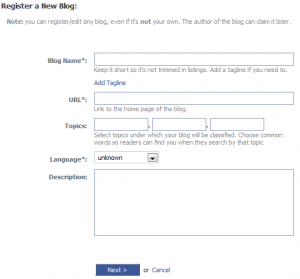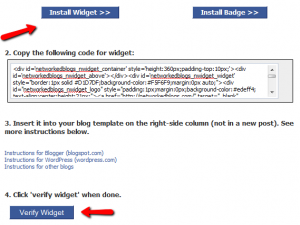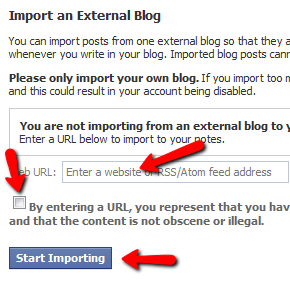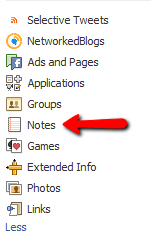Whether you’re building a website or a blogsite, the investment in a designer can be fairly significant. It’s at this point that many service business owners decide to cut costs and have their 16-year old nephew design their site. This works out well until something breaks (with technology, it’s never a question of IF it will break, only WHEN) and your nephew is out of touch because he just started his first year of college and can’t be bothered. What are you going to do?
To run an online business, your website is your key to success. People arrive on your doorstep (site) like they might in a retail establishment, and decide within 5 seconds if they’re going to stay and look around or if they’re going to leave. It pays to invest some money in your site, as your site is the first stop on the like, know and trust journey that prospects experience with you. You need to be perceived as legitimate, as a “real” business, and as the solution to the problems that ail your prospective clients. If you’re not able to design your own site, an experienced website designer can help finesse this relationship with your visitors.
How can you determine if your designer will create a site that you like and is useful? I’ve heard many horror stories over the years about the experiences that services business owners have had regarding the creation and maintenance of their websites. Here are 5 critical questions that you should have answered before hiring a web designer:
1. Site Ownership. First and foremost, you should ask if you own the final version of your site and the graphic source files. I’ve discovered that many web designers do NOT work on a work-for-hire basis. Instead, they maintain the copyright to the design of your site, so if you don’t want to use that same company for site updates and maintenance, for example, they will not release any source files to another designer. Consequently, you will have to pay to have your site redesigned all over again. At the very least you should obtain a license to use the files in perpetuity and be able to make revisions to them in the future. This same rule applies to any special fonts or special applications developed for the site.
A second key issue in site ownership is ownership of your domain name. If your site design includes purchasing the domain name for your site, be sure that your domain’s purchase is credited to you and registered to you as the administrative and technical contact. Many times the web design company registers your domain name and lists themselves as the contact, or actually purchases the domain and is considered the owner. At that point it becomes almost impossible to get your username and password for the account should you need to make any changes to your domain registration or to even prove ownership. Purchase your domain BEFORE beginning any work on a website.
2. Ongoing maintenance and hosting. Secondly, determine if you will be locked into a maintenance contract or hosting contract with the designer. Are they using any special software or application that will tie you to a particular type of hosting service? This may not be problematic for you initially, but ensure that you’ve got the flexibility to change your mind in case the design company is sold, for example, and dramatically increases their prices. Once the site is up, can you buy a program, like Adobe Contribute, for example, and do simple site updates yourself or must you use their company for any updates?
3. Experience with similar companies. Thirdly, take a look at their portfolio and be sure you like their previous work and that they have experience in web design for companies like yours. Call 1-2 of their clients (from the portfolios) and ask the client how easy the design company was to work with and how satisfied they are with the final product.
4. Marketing experience. Many web designers are simply that — great web designers. They can make your site sit up and bark and run around in circles, if you like. However, the newest, coolest, showiest and flashiest technology is oftentimes NOT what you need to bring you the most traffic, get your site found in search engines, and convert prospects to customers. Don’t fall for the glitz and glam that you see in a designer’s portfolio. The best sites are simpler sites with a clean design and distinct marketing elements, like a clear call to action as seen in an email list signup box. If you can find a designer who excels at both design and marketing, you have found a gem whom you need to hold onto.
5. Return on investment (ROI). Asking a designer about the ROI for their clients is somewhat sneaky. In essence, what you’re doing is determining their longevity (will they still be in business tomorrow), as well as their followup strategy in terms of staying in touch with clients to see how their businesses are doing. A web designer who stays in touch is one who’s concerned about your success and is one that is much more likely to create a website that will produce profitable results for you.
The creation of your online presence can be a very expensive failure that takes much longer than anticipated. Don’t let yourself be the next victim! Before hiring a website designer, make sure s/he answers these questions to your satisfaction, and you’ll be on the path to a profitable relationship with a talented professional who can help your online business grow.
Online Business Resource Queen (TM) and Online Business Coach Donna Gunter helps independent service professionals learn how to automate their businesses, leverage their expertise on the Internet, and get more clients online. To claim your FR*EE gift, TurboCharge Your Online Marketing Toolkit, visit her site at OnlineBizU.com. Ask Donna an Internet Marketing question at AskDonnaGunter.com














